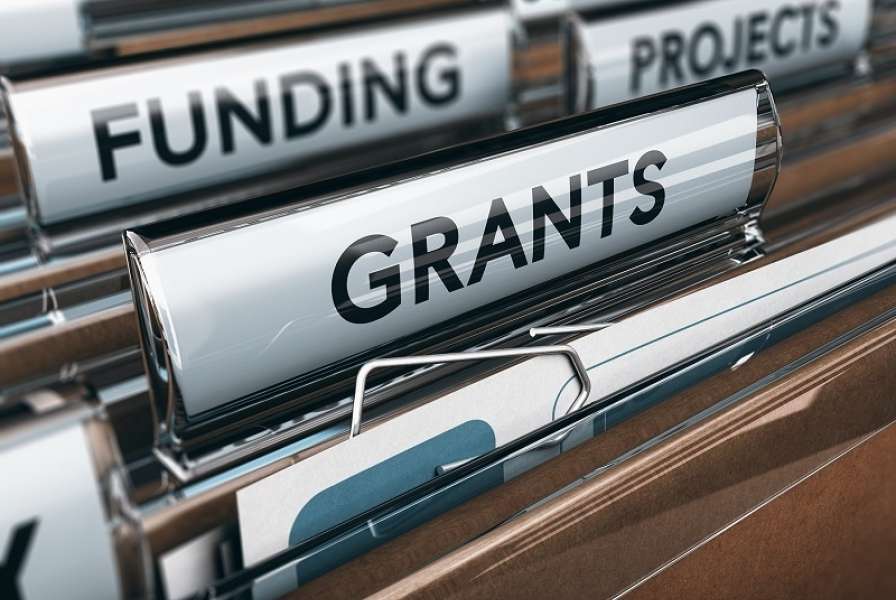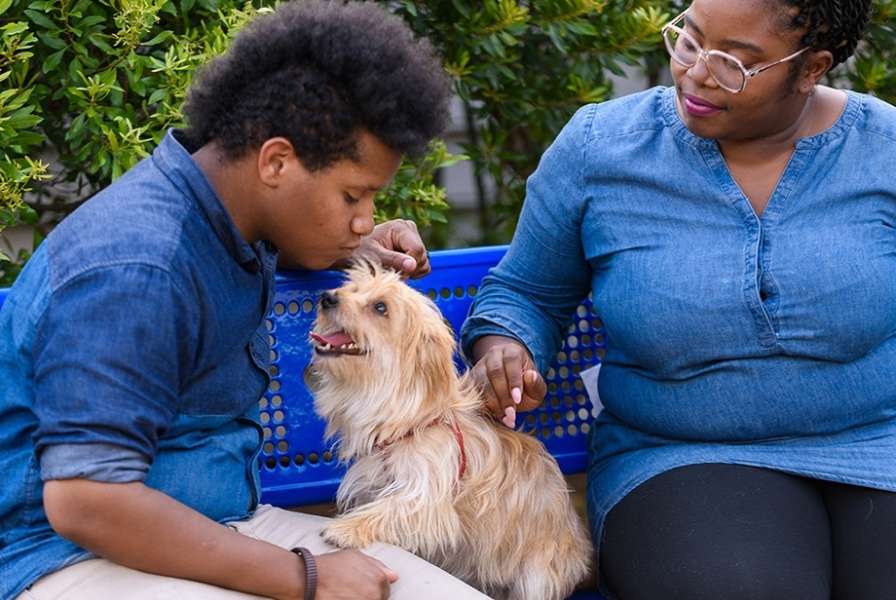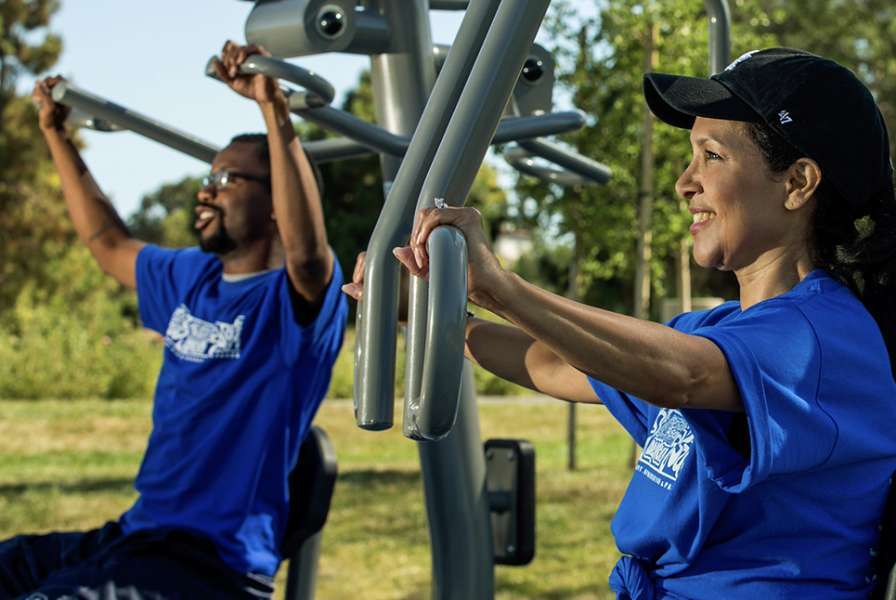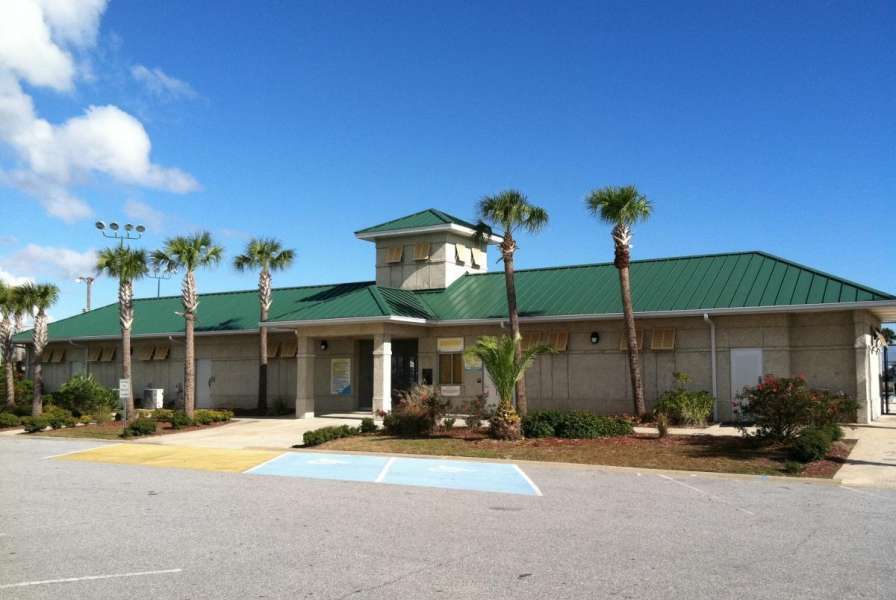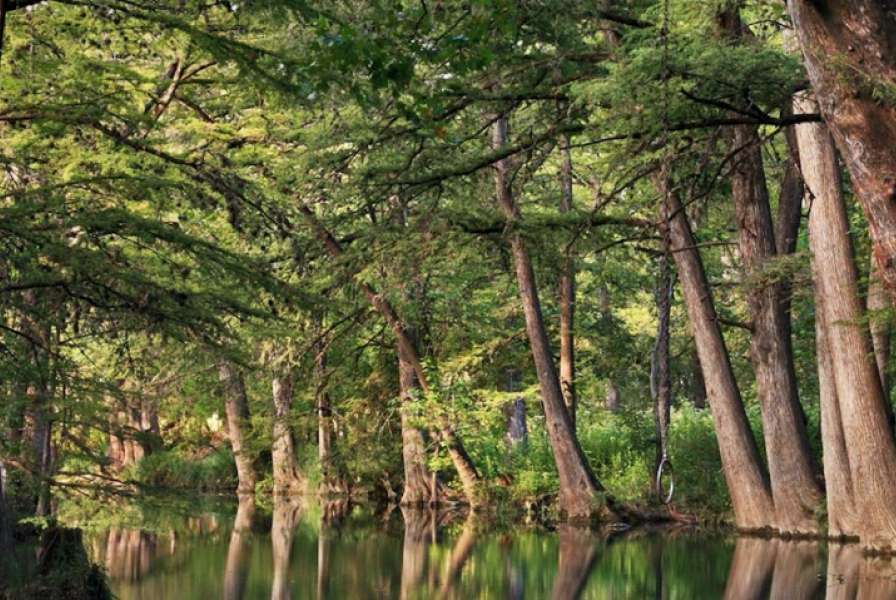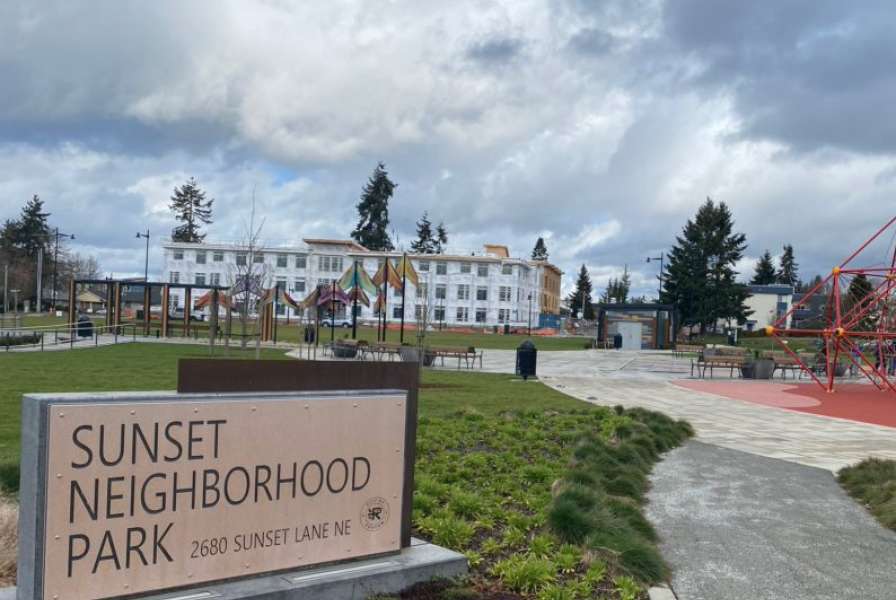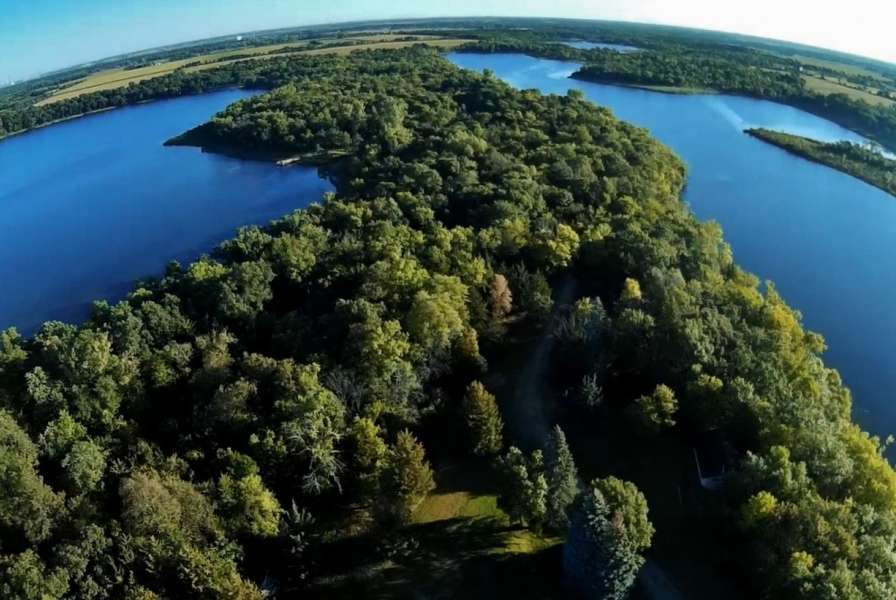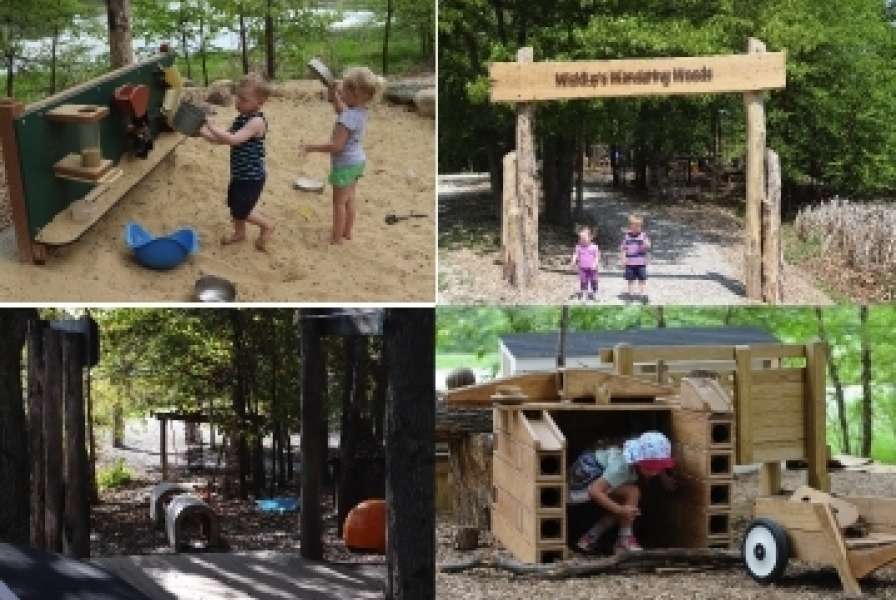Land and Water Conservation Fund grants are provided to the States, and through the States to local governmental jurisdictions, on a matching basis of up to fifty percent (50%) of the total project-related allowable costs for the acquisition of land and the development of facilities for public outdoor recreation and for fulfilling the program’s planning requirements. Payments to any State will not exceed 50% of the cost of projects that are undertaken by the State. The remaining share of the cost shall be borne by the State. (Remember funding is paid to the state, who then apportions it to the local project as per their guidelines.)
Furthermore, it is the intent that assistance granted from the Fund will result in a net increase in a participant's outdoor recreation, meaning LWCF funding will be added to, rather than replace or be substituted for, State and local outdoor recreation funds.
In regard to matching fund sources, the state or local matching share of an LWCF project may consist of other federal financial assistance only where the statutory provisions of the subsequent federal grants program explicitly allows recipients to use such assistance to match LWCF funds. The LWCF application to NPS must describe any financial assistance from other federal programs associated with the project, whether serving as a financial match to LWCF funds, or providing support outside of the LWCF project scope.
In other words, without an express authorization from congress LWCF grants cannot be used to match or to supplement grants made by other Federal agencies and grants from other Federal programs cannot be used to match or supplement LWCF grants. However, in those instances where the statutory provisions of a subsequent federal grant-in-aid program explicitly allow recipients to use such assistance to match LWCF funds, a matching arrangement is permissible. Examples include:
- Community Development Block Grants https://www.hudexchange.info/programs/cdbg/
- Safe, Accountable, Flexible, Efficient Transportation Equity Act: A Legacy for Users Act https://www.fhwa.dot.gov/safetealu/
- Fixing America’s Surface Transportation Act (FAST) https://www.fhwa.dot.gov/fastact/factsheets/transportationalternativesfs.cfm
Other examples of matching fund sources include:
State level funding (differs by state, please check with your state for details)
- State-Level Appropriations
- Example: North Carolina Parks and Recreation Trust Fund
- State Bond Measures
- Example: California Parks and Water Bond Act of 2018 (Proposition 68)
- Dedicated State Programs
- Example: Massachusetts Community Preservation Act (CPA)
City level funding
- City budgets
- Tax/bond initiatives
Private/Other Funding
- Local fundraising campaigns
- Nonprofit and grant foundations
- Equipment manufacturer grants
- Grantee’s employee labor
- Gifts of real property, equipment or consumable supplies
- Free or reduced cost use of facilities or equipment
- Bequests and income from wills, estates, and trusts
Other notes:
For Acquisition Projects, donated real property used as all or part of the matching share must meet Uniform Appraisal Standards for Federal Land Acquisitions (UASFLA) requirements and must be acquired during the Grant Performance Period.
Donations required by law or regulation are not eligible for match. The donated land cannot have any restrictions that might limit its intended public recreation use.
Find how to value and account for IN-KIND funds and/or donations used as a match in the LWCF MANUAL (linked in the Article Index) in Chapter 5.B.2.a-h. The in-kind funds and/or donations cannot have any restrictions that might limit the intended public recreation use.
Rates for volunteers, which can be professional and technical personnel, consultants, and other skilled and unskilled labor, should be consistent with the regular rates paid for similar work in the labor market in which the applicant competes for the kind of services involved. Records for volunteer services from personnel shall include timesheets containing the signatures of the person whose time is donated and of the supervisor verifying the record is accurate. The pay rate has to be what the employee is normally paid and must exclude fringe benefits and overhead cost. Prices assessed to donated materials should be reasonable and should not exceed current market prices at the time they are charged to the project. A record needs to be kept showing the fair market value by listing comparable prices and vendors.
The hourly rate for donated equipment used on a project shall not exceed its fair rental rate. Records of equipment use shall include the schedules showing the hours and dates of use and the signature of the operator of the equipment. The Applicant must be able to certify that they have eligible Match sources and can "cash-flow" 100 percent of the Project, which will be partially reimbursed at the Rate of Reimbursement.
